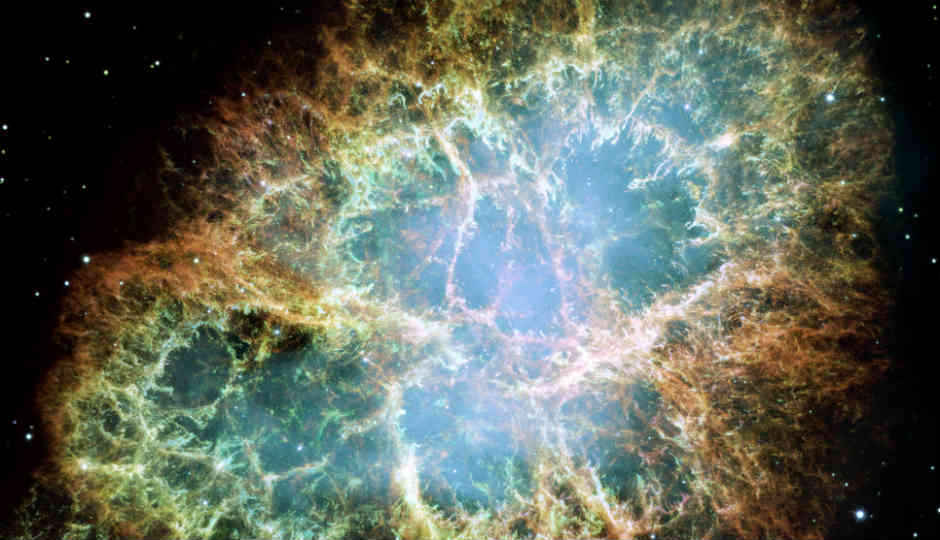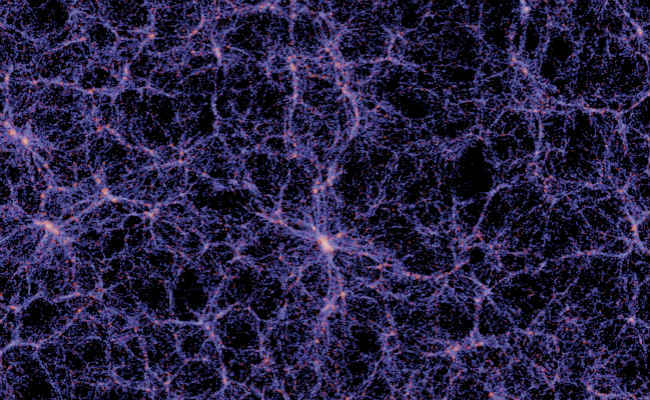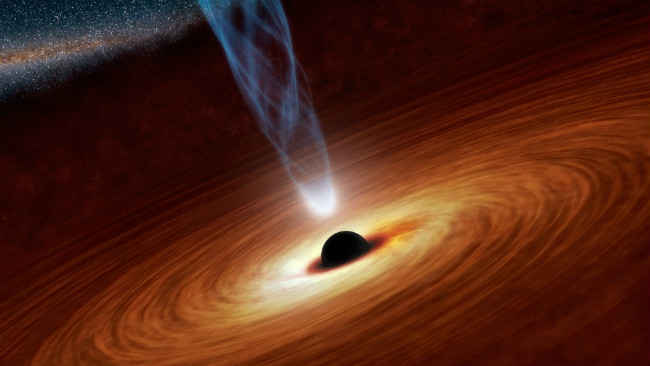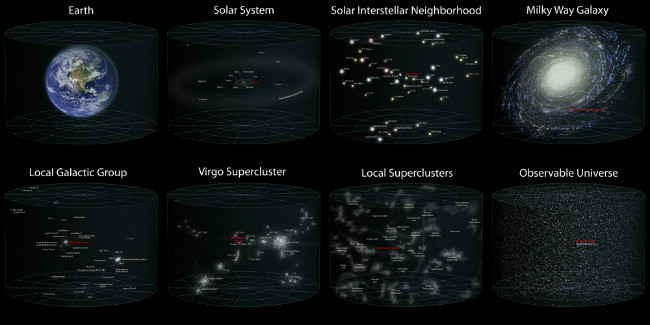What if there was never a big bang?
What are the origins of the Universe? And have we been getting it wrong?

Pondering the nature of existence is a fun exercise. It is at once the oldest pastime and the source of the oldest scientific questions: “How did we get here? What is time? How big is the Universe? What came before everything? What is the meaning of it all?”.
 Survey
SurveyThe entire history of human civilisation has been littered with various answers to these questions. From religion to rationality, the spectrum of thought tackling the big questions of science and humanity have led us inextricably to one answer – there had to be a beginning. In science we call it the Big Bang. But what if that isn’t it? What if there is something entirely different? Something we haven’t even conceived. Well it would blow your mind, wouldn’t it?
Problems with the Big Bang Theory
Scientists have since been able to trace the origins of the Universe to within less than a second after the Big Bang. However, scientists can neither explain what occurred before the Big Bang nor can they theorise with any scientific reliability the nature of the universal singularity at the time of the Big Bang.
For a very long time, astronomers assumed that the Universe was composed of ordinary matter i.e. elements found on the periodic table. However, we now know that the density of ordinary matter only constitutes 4 percent the Universe’s total energy density. Of this, the stars (Hydrogen and Helium) are about 3.97 per cent, and all other heavier elements (planets, asteroids, etc., across the entire universe) a mere 0.03 per cent!
The remaining 96 per cent is made up of 23 per cent dark matter and 73 percent dark energy. But what is dark matter and dark energy? To be honest, no one really knows.
Five dimensions?
A team of three researchers has floated a theory about the origins of the universe that challenges the traditional understanding of the Big Bang. Niayesh Afshordi, Robert Mann and Razieh Pourhasan have created a model of the universe wherein the Big Bang was in fact the implosion of a four dimensional star in a five dimensional universe. And the Universe as we see it is nothing more than the cloak or wrapping around its singularity in three dimensions. Just as a blackhole’s singularity is perceived to be two dimensional while in our four dimensional universe.
In their causal scenario, in a universe of four spatial dimensions (instead of our three), a four dimensional blackhole would originate in the same way due to the converging effect of gravity. This 4 dimensional blackhole would also have a event horizon that cloaks it from revealing any information just as in our universe. But unlike a 3 dimensional blackhole that has a 2 dimensional event horizon, a 4 dimensional blackhole would have a 3 dimensional event horizon. According to these researchers our universe is actually this very 3 dimensional event horizon surrounding a 4 dimensional blackhole. And just as a 3 dimensional blackhole’s singularity is hidden by the 2 dimensional event horizon, so is the 4 dimensional singularity hidden by the 3 dimensional event horizon (our universe) which makes the cosmic big bang of our universe completely impossible. A brain twist, isn’t it? Take a moment to read it all again.
Now before our collective brains explode with the idea of a five dimensional universe, consider the following – humans are used to the three spatial dimensions of length, breadth and height. Adding to it the dimension of time, we can establish that we live in a four dimensional universe. But what if there was another spatial dimension that we weren’t capable of perceiving? In this model of four spatial dimensions (with time as a fifth) the researchers have proven, at least mathematically, that the new idea fits better with our observations of the cosmos than the idea of the inflationary Big Bang. The mathematics behind this explanation has already been vigorously tested and is part of a field called holography.
Unlike the popularised understanding of holography such as in holographic displays, the study of the holographic principle is related to string theory and quantum mechanics. It studies the properties of strings and is also related to the study of quantum gravity.
Fortunately, like any good scientific theory, the theory of multidimensional brane universes is easy to test. Since the fourth dimensional matter would undergo thermal fluctuations due to the four dimensional blackhole it would register as small but noticeable distortions in the cosmic microwave radiation – a change we can observe and measure. If these distortions aren’t in line with the new theory, then it would mean the new theory is wrong. Other similar aspects of the new theory can be tested and measured proving its veracity. All it takes is a little time and a really big cosmic radiation detector. We’ll know soon enough if this theory is right or not.
Ad infinitum
While the theory of a five dimensional universe takes a while to digest – what about the theory that the universe is infinite in age with no beginning or end? In another competing new theory that is coming to the attention of scientists the currently accepted age of the universe – 13.8 billion years – may be off by, well, an infinity or so. According to this new model which uses quantum corrections within Einstein’s theory of general relativity, we find an elegant answer to mysteries such as dark matter, dark energy and so much more.
The new model was postulated by Egyptian scientist Ahmed Farag Ali and Indian scientist Saurya Das. These two researches used the foundation work of 1950s theoretical physicist David Bohm to replace the use of classical geodesics (shortest path between two points on a curved surface) with the newly developed method of quantum trajectories between two points. They applied the quantum Bohmian trajectories to an equation by physicist Amal Kumar Raychaudhuri of Presidency College in Calcutta to arrive at their final model explaining the design of the universe.
Within their mashup work, by combining the ideas and approaches of geniuses across the world and time, the duo of Ali and Das was able to derive an equation which described the expansion and evolution of the known universe. Their equation combines the properties of quantum theory with general relativity which are expected to hold true, if and when a unified theory of quantum gravity is discovered.
Using the new variables and factors in their equation, as a representation of the universe, these scientists have posited that the universe is of a finite size. This conclusion also has the natural corollary that the universe is of an infinite age implying that time has neither a beginning nor an end. The reason this theory really holds up is because it is consistent and closely congruent with the most recent observations regarding the density of the universe and the cosmological constant. So far it seems to check all the boxes making it a likely contender for the universe’s origin story – which is that it has none.
Unquenchable thirst
The nature of reality is perhaps impossible to discover. What came before the big bang? Perhaps we will never know. Was there a big bang? We might be able to answer that eventually. What does it all mean? We don’t know, and perhaps never will. That’s not going to stop us from continuing to ask questions, and when every answer throws up a whole new set of questions, you can bet humanity is going to thirst for answers for a long, long time to come.


